Your Attractive Heading
About the project
Context and goals
CARE-ON (Can we REly on Our Network?) is a research project conducted and funded by the Institute of Geosciences and Earth Resources of the Italian National Research Council (IGG – CNR). Launched in September 2024, its main goal is to investigate the variability related to human error in the manual counting of boulders and craters from images of extraterrestrial surfaces.
Although machine learning algorithms have advanced in automating these tasks, human capabilities in image identification and interpretation remain essential for their training, accuracy control, and result validation. Manual methods, on the other hand, inevitably introduce a component of variability, due to different individual sensitivities, fatigue, and the observer’s competence/experience.
CARE-ON aims to explore and mitigate such uncertainties by assessing the impact of human factors in this process and developing guidelines that maximize reliability and accuracy in identification.
The project also tests for the first time the potential contribution of non-professional volunteer operators in the identification and counting procedures, conducting comparative analyses of the reliability of results obtained by expert researchers, students, and amateurs.
CARE-ON openly shares its results, encouraging the adoption of protocols and guidelines, and promoting an inclusive approach to planetary scientific research.
Project milestones
1
Literature reviews.
Development of protocols.
2
Testing on datasets
with professional operators.
3
Testing on dataset
with Geology and Planetary Winter School.
4
Development of workflows for Citizen Science.
Testing datasets with amateur astronomers.
5
Data analysis.
Production of guidelines.
Research team
The research project is led by researchers from the Institute of Geosciences and Earth Resources of the Italian National Research Council (IGG-CNR). The multidisciplinary team is supported and assisted by experts from other research institutions and by young scientists in training.
Team

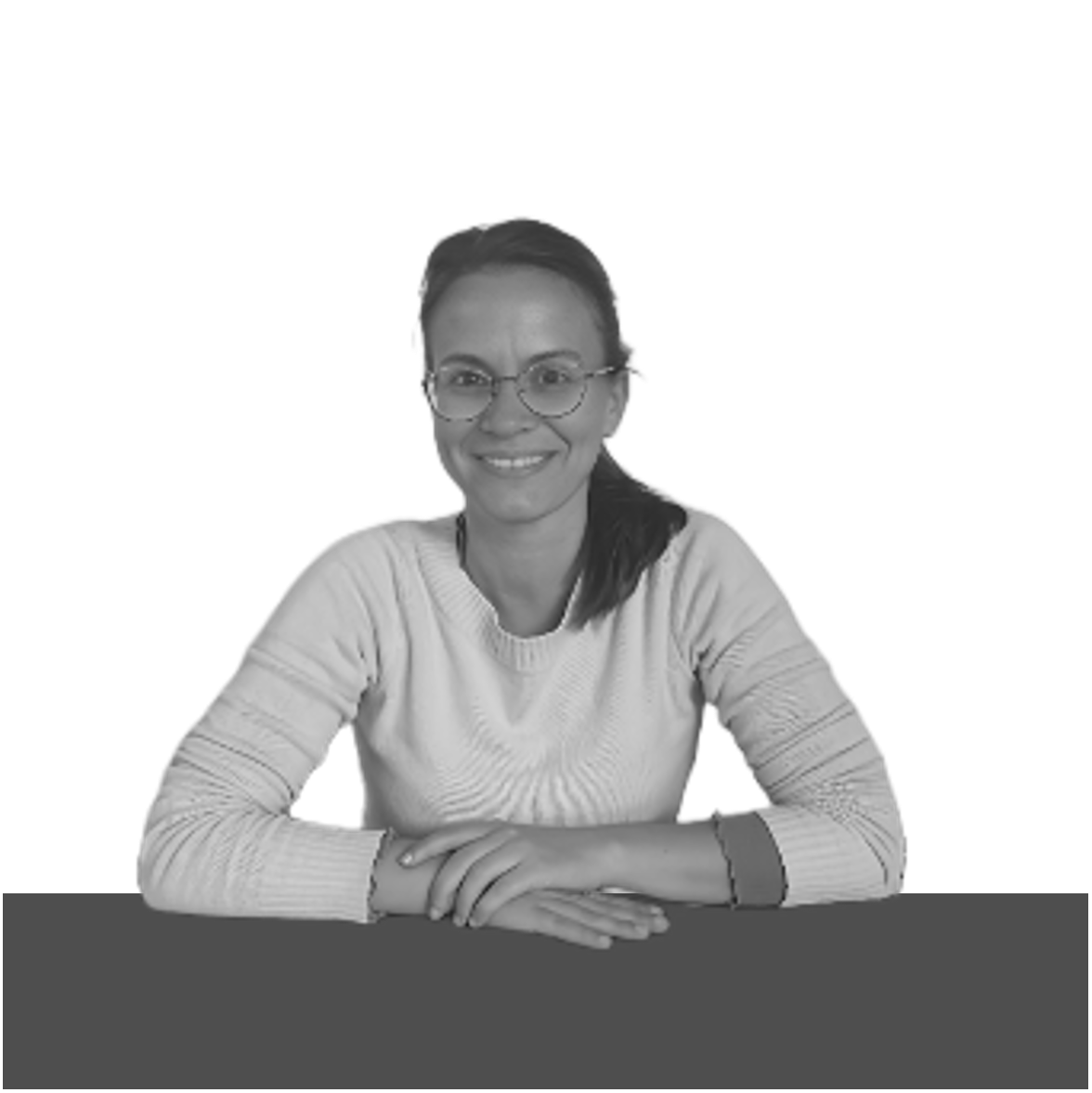
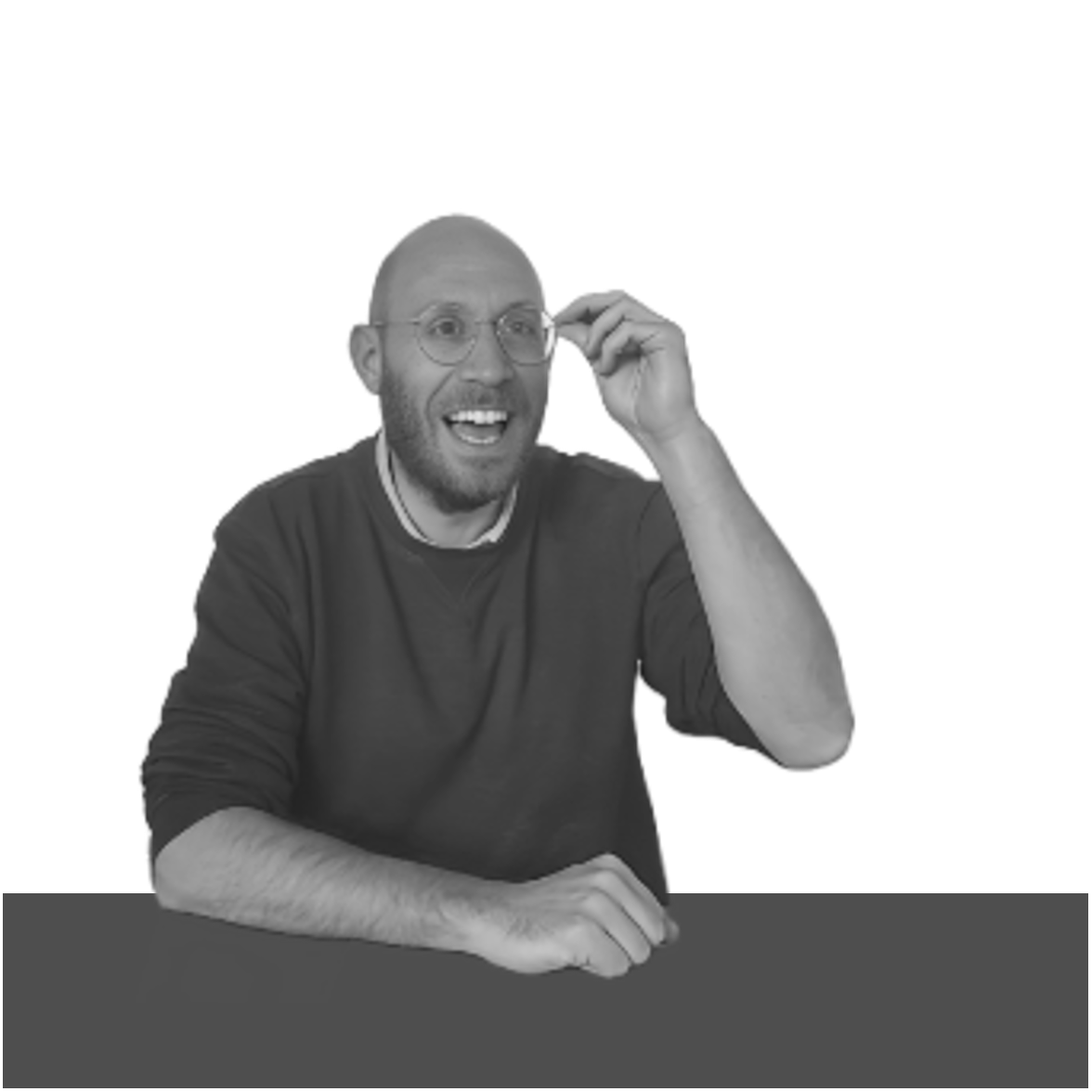
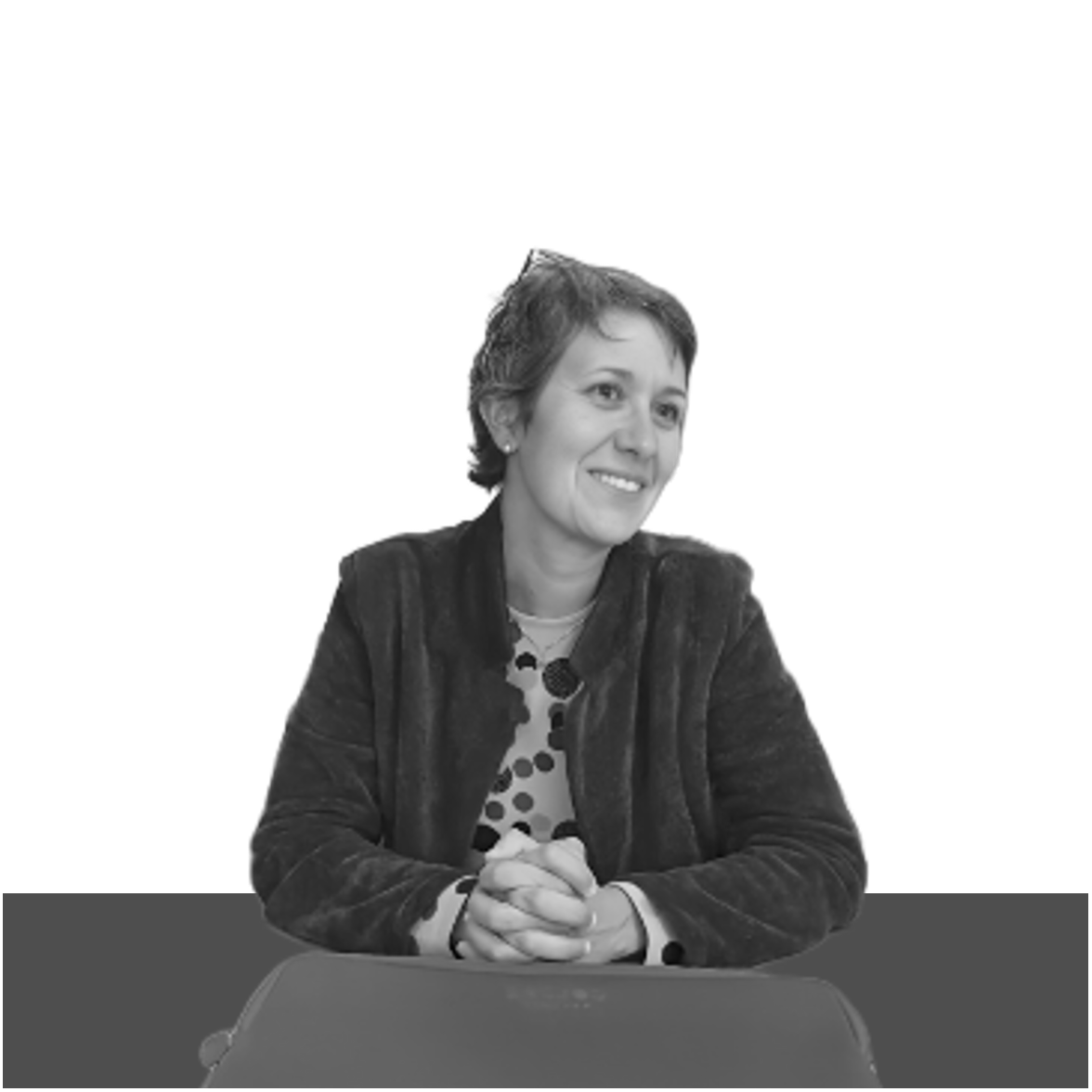



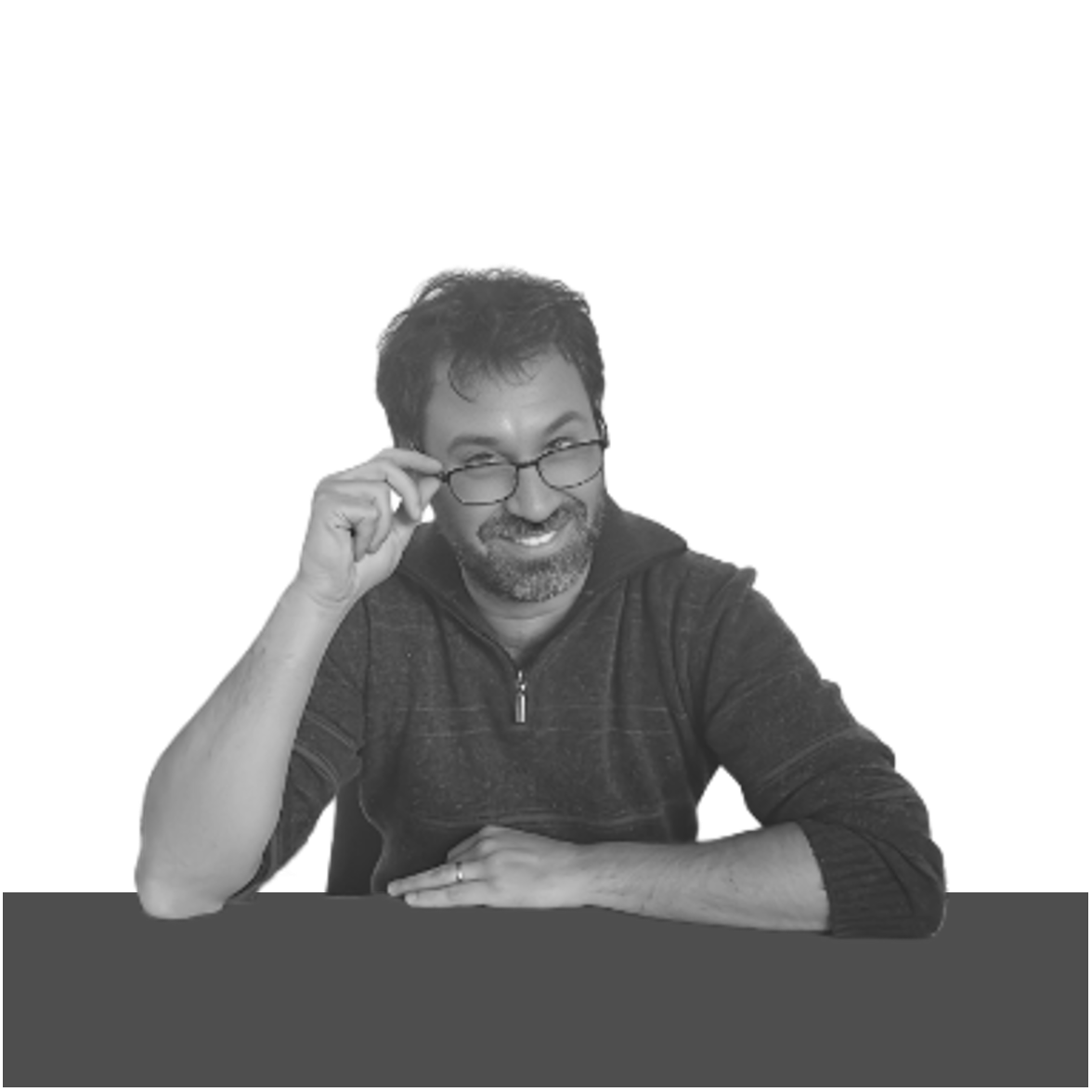
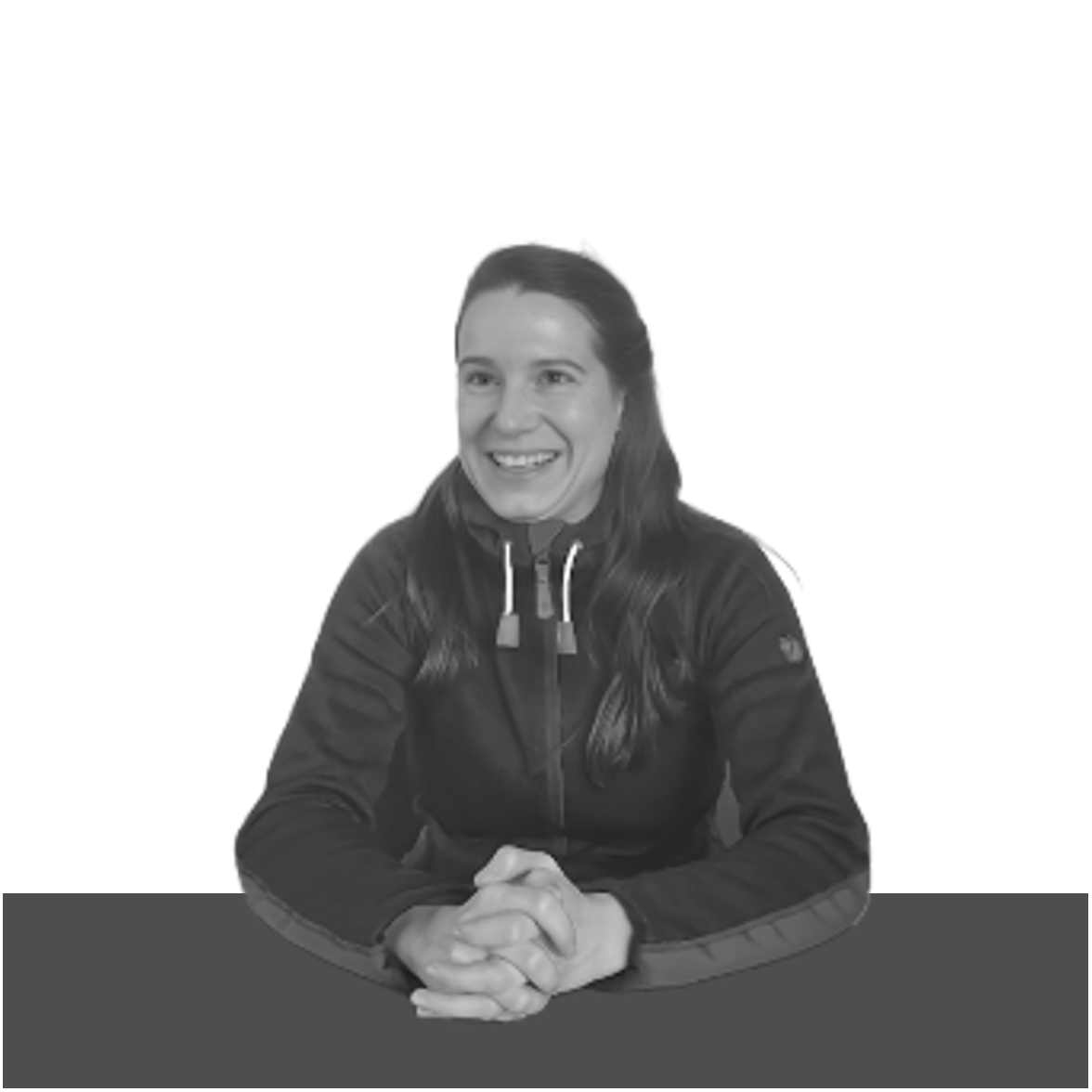
Scientific support
Collaborations
CARE-ON relies on collaborations with Institutes, Associations, and individual volunteers, who are involved in various aspects of the study of Planetary Sciences. The participation of these groups in the preparation and execution of tests allows for refining the production of workflows and guidelines, exploring greater variability in the manual recognition of boulders and craters, and assessing the potential for a future stable role for volunteers in research on the investigated topic.
Gruppo Astronomico Viareggio
Gruppo Astronomico Viareggio – G.A.V. is a non-profit cultural association. Founded in 1973, it carries out extensive research and outreach activities in the area, recently enriched by the public opening of the Alpi Apuane Astronomical Observatory. G.A.V. collaborates with the Italian Union of Amateur Astronomers (U.A.I.) in the production of standardized data on Meteor and Comet observations.
Gruppo Astrofili Salese
The Salese Amateur Astronomers Group “G. Galilei” is a non-profit association that has been dedicated to scientific outreach and the sharing of astronomical knowledge for nearly thirty years. For over ten years, it has been featured in scientific publications for its research and data collection activities, carried out in collaboration with scientific networks and in adherence to international standards.
Geology & Planetary Mapping Winter School
The GMAP Winter School is organized annually and co-funded by the Europlanet-GMAP infrastructure, the University of Padova, and Constructor University. Focused on the production of planetary geological maps of bodies in the Solar System, it provides its students with opportunities to deepen their knowledge of resources for basemaps and hands-on mapping experiences using QGIS.
Associazione Astrofili Pisani
Associazione Astrofili Pisani “Galileo Galilei” (AAGG) is a non-profit cultural association. Founded in Pisa in 1982, it deals with dissemination in the territory and scientific research. It organizes courses, seminars and observations of the night sky; it collaborates with schools, associations and various institutions. The association also has a remotely controllable telescope, used for astrophotography.
Circolo Astrofili Veronesi
Circolo Astrofili Veronesi “A. Cagnoli” is a Social Promotion Association. Since 1977 it has been involved in teaching and dissemination in the area, organizing courses, seminars and observations of the night sky for schools, associations and various entities. Since July 2005 he has managed the Osservatorio Astronomico Monte Baldo “A. Gelodi”, taking care of the technical part and supporting the research and dissemination activities.
Associazione AstronomiAmo
Associazione AstronomiAmo APS is a non-profit association that has been operating at a national level since 2014 through streaming and live meetings to reach as many people as possible. The Association represents a weekly meeting point between enthusiasts and professionals of astronomical science, with a special focus on raising awareness of respect for our planet.
Associazione Astronomica Feltrina
L’Associazione Astronomica Feltrina “G.J. Rheticus” is a non-profit APS active since 1973. It mainly deals with teaching and scientific and cultural dissemination in the area, organizing conferences, courses, and observations of the night sky. It manages the “Centro Astronomico Giuliano Vanin” which has a 75-seat planetarium, a 64 cm Dobson telescope, a 36 cm Newton telescope and a 20 cm one and other minor instruments.
Associazione Astronomica Euganea
L’Associazione Astronomica Euganea (AAE) brings together enthusiasts from the Euganean Hills area and promotes outreach and observation activities with the public and schools, in collaboration with the Euganean Hills Regional Park. The AAE is involved in several research projects, including its own observatory, and participates in the regional network for monitoring sky brightness that is headed by ARPAV.
Osservatorio Astronomico Andromeda APS
Osservatorio Astronomico Andromeda APS is a social promotion association founded in Corato (BA) in 2011. It promotes the dissemination of astronomical culture by carrying out activities such as astronomical observation, outreach, astrophotography, and amateur research in public squares, schools, and throughout the Alta Murgia National Park area. These activities are often conducted in collaboration with associations, private individuals, and institutions. The association manages the observation site Torre dei Guardiani in Lama Pagliara.
Associazione Maremmana Studi Astronomici
The Associazione Maremmana Studi Astronomici “G.Galilei” has been the creator and curator of the Osservatorio Astronomico Comunale di Roselle since 1986, It holds the oldest membership as a UAI delegation, collaborates with INAF on the PRISMA research, and has contributed to the European STAND project. It conducts climate and environmental monitoring in the Diaccia Botrona Nature Reserve and conceived the Osservatorio Meteorologico Ximenes Casa Rossa in Castiglione della Pescaia.
